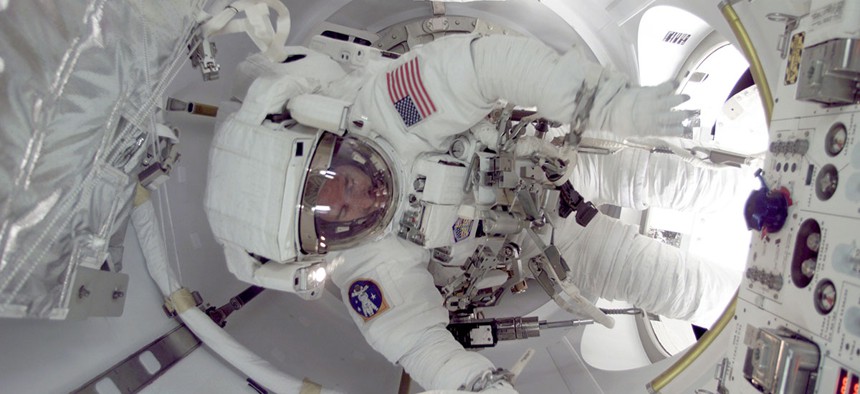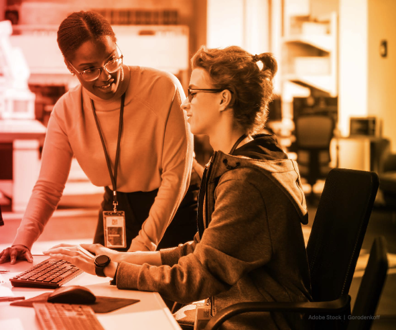What Urban Planners Can Learn from NASA Projects

Astronauts need to live and work in facilities like the International Space Station. NASA file photo
Envisioning living and working on lunar and planetary surfaces is, arguably, a form of urban planning.
Space is the final frontier, as the newly revived Star Trek TV series will surely remind us. But there may be lessons in its exploration for cities right here on Earth.
NASA’s Ames Research Center in Silicon Valley is just a short distance from Richmond, California, where urban innovators gathered for a conference calledMeeting of the Minds last month. So Rosalind Grymes, deputy director of NASA’s Ames Partnership Directorate, paid a visit to the conference about urban planning and smart cities to offer a few ideas from the space agency about life on Earth.
The first thing is perspective, something NASA provides in spades through its global observatory and satellite imagery. There’s nothing like an outside view of Earth’s blue marble to understand what’s happening to our world, from human settlement to sea-level rise triggered by global climate change. Orancient earthworks, as recent NASA imagery shed light on, high above Kazakhstan and other areas.
“Whether we’re alone or there is other life out there, this is our home planet,” Grymes said in an interview before her presentation. “We see the planet in that holistic context.”
Envisioning living and working on lunar and planetary surfaces is also, arguably, a form of urban planning. There are a few added twists, like different atmospheres and gravity. But a remarkable exchange has developed between living on Earth and operating in space.
“As we go and work there, we’re going to live there. So we’re going to be looking at self-sustaining habitats,” Grymes said. Looking at how cities on Earth have evolved, NASA seeks “to take the best of that when we design communities for living and working in space,” she said.
Bringing things back down to Earth, one of the more promising areas of symbiosis for cities and space is in dual-use technology, with an emphasis on efficiency and sustainability. Surface-roaming vehicles could offer innovations for self-driving or emissions-free cars. The development of the Orion spacecraft and other initiatives in long-haul space travel will spin off applications in areas from robotics to water purification: Astronauts are allocated just two liters of water per day, and since a copious water supply is impractical for space travel, NASA is constantly working on new systems for recycling. Some of that has already been incorporated into the facilities at the Amex complex.
Not to get too starry-eyed, but one of the other big takeaways from the talkwas the space agency’s knack for can-do ingenuity—solving problems with available resources and adapting to rapidly changing circumstances. We saw all of that at work as Matt Damon fought for survival in The Martian. But it’s the kind of thinking that surely applies to the burgeoning cities in the developing world, where often perilous conditions on the ground require fast, creative, and pragmatic thinking.
Meeting of the Minds was held at the former Ford assembly plant at the eastern shore of the San Francisco Bay, which was turned into a massive manufacturing complex for weapons, vehicles, and supplies during World War II. The adjacent Rosie the Riveter visitor center tells the story of how grit and innovation combined to get the job done.
We hear a lot about how government isn’t good for much these days. For ideas and technologies to support efficient and sustainable cities, one might first think of the Department of Housing and Urban Development or President Obama’s Office of Urban Affairs. But it’s a pleasant surprise to know that our space agency is also on the case.
The planet needs the help—wherever it comes from. Why not the heavens above?





